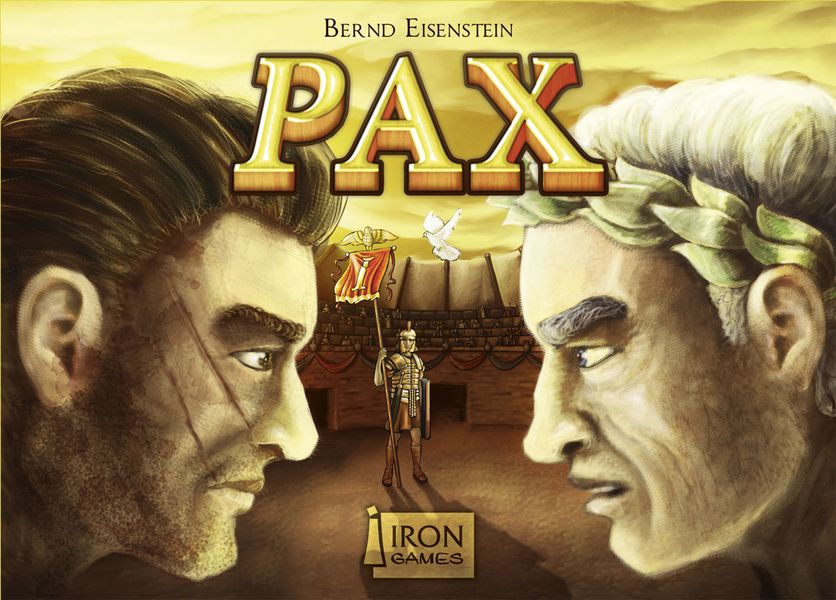PAX (2011) Board Game
PAX is a board game designed by Klemens Franz and published by Iron Games in in 2011. The game is set in ancient times and revolves around players building up their civilizations through area majority, influence, hand management, open drafting, and set collection mechanics. PAX is a strategic card game that challenges players to outwit their opponents and establish dominance in the ancient world.
Game Components of PAX
How To Setup PAX
Setting up a PAX game involves preparing the central market of cards, distributing starting cards to players, and organizing the game board or map. Each player selects a starting role or faction, such as Hacendados in PAX Porfiriana or factions vying for control in PAX Pamir. The setup varies slightly depending on the specific title, but generally involves a random subset of the large deck of cards to ensure high replayability.
Gameplay Mechanics and Game Objective
Player Experience
Playing a PAX game is akin to being in a dynamic, chaotic historical scenario where strategy and interaction are key. It’s not a calculated efficiency exercise but more of a bar fight with cards, where players constantly interfere with each other’s plans to achieve victory. Each game features a random subset of a large deck of cards, making every playthrough unique and unpredictable.
Pros
Cons
Personal Thoughts on PAX
PAX games are for players who enjoy deep, interactive, and historically rich experiences. They are not for those seeking a simple, efficient game but rather for those who relish complex strategies and high player interaction. If you’re looking for a game that feels like a class on history as much as it is a game, then PAX series is an excellent choice. However, be prepared for a significant learning curve and a time commitment that matches the game’s complexity.
We are supported by our audience. When you purchase through links on our site, we may earn an affiliate commission, at no extra cost for you. Learn more.

